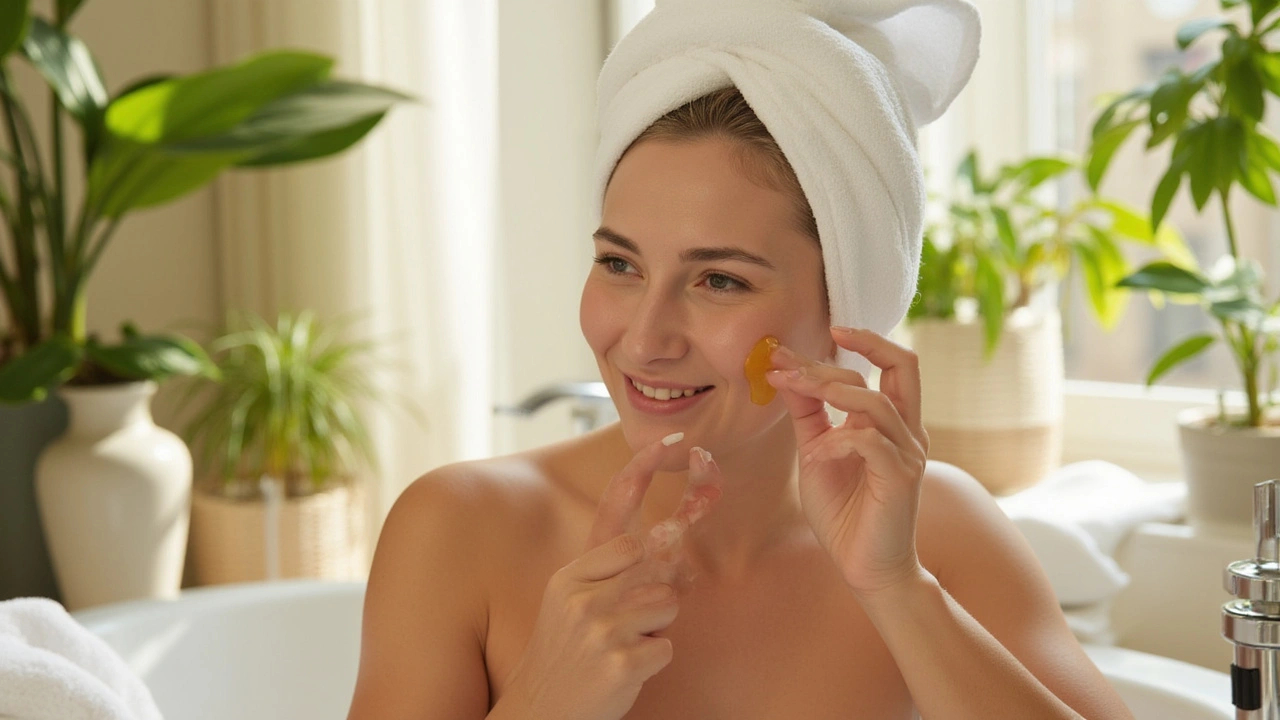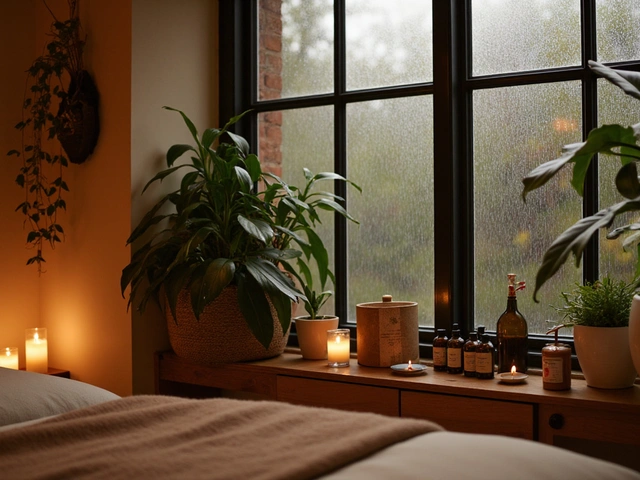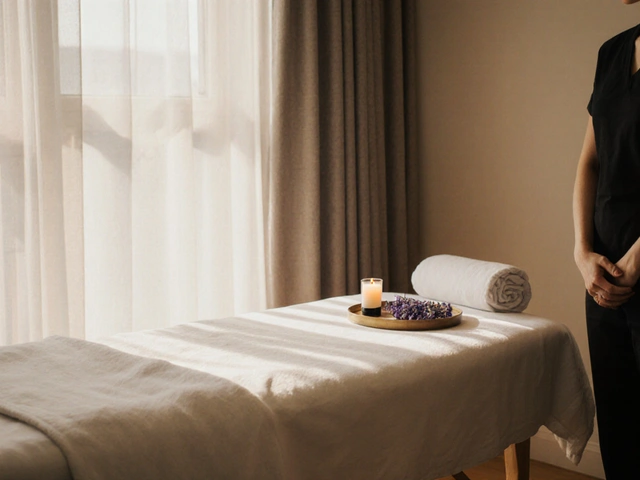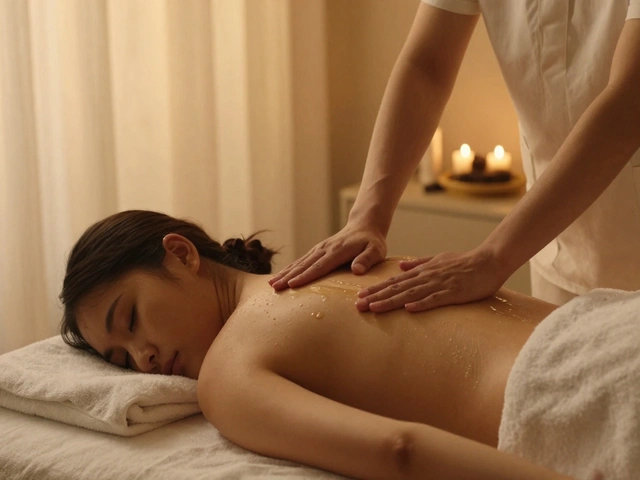Body Massage Techniques You Can Use Right Now
If you’re looking for a quick way to melt stress, the right massage moves can make a huge difference. You don’t need a fancy spa – a few core techniques work at home or in a professional setting. Below we break down the most useful strokes, when to use them, and how to get the best results.
Basic Strokes Every Beginner Should Know
The first step is mastering the simple moves that form the backbone of any massage. Start with the **effleurage** glide: use the whole palm to sweep along the back, shoulders, and limbs in smooth, long strokes. This warms up the muscles and improves circulation. Follow with **petrissage**, which is basically kneading. Pinch the flesh gently, lift, and roll it between your thumb and fingers. It loosens tight spots without causing pain.
Next, try **friction** on specific sore areas. Apply steady pressure with your fingertips or thumbs in small circles, moving against the grain of the muscle fibers. This helps break down knots. Finish the routine with a light **tapotement** – quick, rhythmic taps using the edge of your hand or cupped palms. It adds a subtle energizing boost and signals the body that the session is ending.
Advanced Techniques for Deeper Relief
When you’ve got confidence with the basics, add a few deeper moves. **Deep tissue strokes** involve pressing harder with your forearms or elbows, targeting the deeper layers of muscle. Aim for 10‑15 seconds per spot, then release slowly to avoid bruising.
Another powerful option is **myofascial release**. Locate the fascia – the thin sheet covering the muscles – and apply gentle, sustained pressure while the client breathes slowly. Move the pressure slowly along the line of tension; this helps restore flexibility and reduces lingering aches.
For those interested in a more sensual experience, the **body‑to‑body technique** used in many London erotic massage studios blends skin‑on‑skin contact with the strokes above. The added warmth of skin contact deepens relaxation, but it’s essential to maintain clear boundaries and consent.
Regardless of which technique you pick, preparation matters. Warm the room, use a neutral oil or lotion, and ask the client about any injuries or pain points. A quick chat about expectations reduces surprises and keeps the session comfortable.
Looking for specific examples? Check out our guide “Body Massage for Beginners: What to Expect and How to Prepare” for step‑by‑step instructions, or read “Deep Tissue Massage After Surgery: The Key to Faster Recovery” if you’re dealing with post‑operative tightness.
Remember, mastery comes from practice, not perfection. Start with a few minutes each day, focus on smooth transitions between strokes, and listen to the body’s feedback. Over time you’ll notice less tension, better sleep, and a calmer mind.
Ready to try? Pick a quiet spot, set a gentle playlist, and run through the basic strokes first. Add one advanced move when you feel comfortable, and watch how quickly stress fades away. Your body will thank you.
Discover the best body massage techniques to promote a youthful appearance. Learn easy tips, benefits, and what to expect for glowing, firmer skin.
Read More




